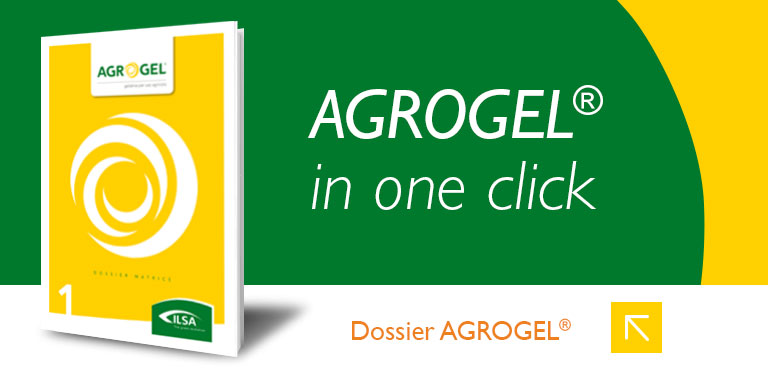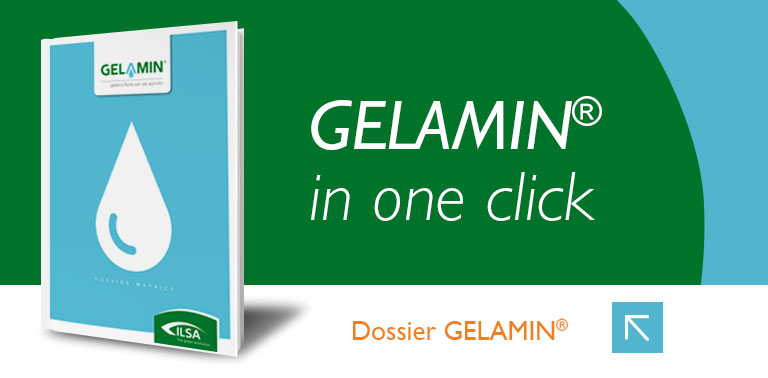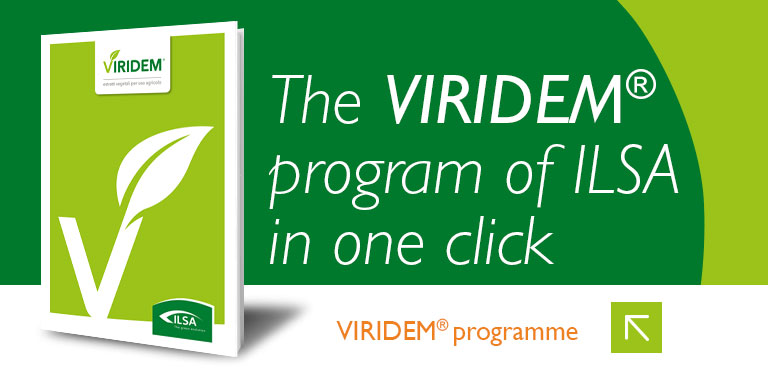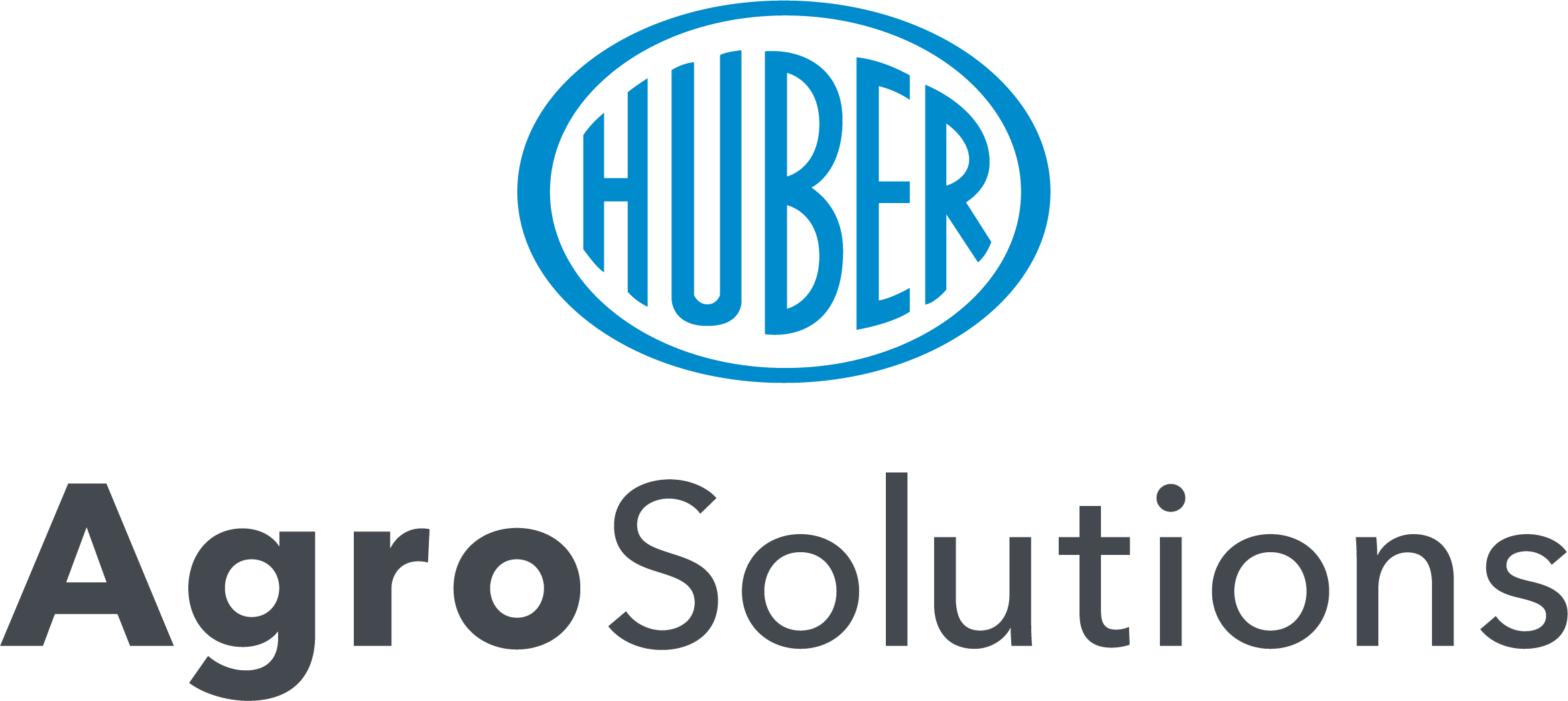BALANCES FRUIT DEVELOPMENT AND SIZE
During the stages of fruit development and ripening, plants require greater energies to distribute nutrients evenly. Besides the factors promoting the development of fruit tissues and, therefore, an increase in fruit volume, it is alsonecessary to increase nutrient supply in order to support fruit enlargement as long as fruits take form. As forvegetable crops (in the greenhouse and open field) in particular, difficult environmental conditions or nutritional imbalances can hamper fruit enlargement.
ILSASHAPE is designed to foster an increase in the size of tomatoes, peppers, strawberries, melons and all fruitcrops, also the tree ones, thanks to its developing tissues and constantly supporting enlargement in nutritional terms, starting from early fruit set.
Its composition, based on oligosaccharides, plant extracts, peptides and amino acids (from enzymatic hydrolysis) suited for the enlargement and ripening stages of fruits (glutamic acid, aspartic acid and proline), allows ILSASHAPE, once applied, to help increase size. The presence of betaines, moreover, fosters the usual metabolicactivities at the cell level and regulates transpiration, so limiting the risk of a stress. By making fruits more developed and uniform and reducing production waste,
ILSASHAPE increases the final value of fruits and vegetables picked.
Chemical and physical features
- LIQUID BROWN COLOUR
- pH 6,0 ± 0,5
- DENSITY 1,19 ± 0,02 kg/dm3
- CONDUCTIVITY 1,10 ± 0,20 dS/m
COMPOSITION
-
Total Nitrogen (N) 5 %
- Of which: Organic Nitrogen (N) 5 %
- Organic Carbon (C) 20 %
Contains in particular
- CO-FORMULANT FROM ENZYMATIC HYDROLYSIS
- PLANT EXTRACTS WITH HIGH BETAINE CONTENT
Characterising substances
- GLUTAMIC ACID, ASPARTIC ACID, BETAINES, OLIGOSACCHARIDES
ACTIONS OF THE CHARACTERISING SUBSTANCES
| INCREASE FRUIT SIZE | NUTRITIONAL AND PHYSIOLOGICAL BALANCE | |
|---|---|---|
| BETAINES |

|
|
| OLIGOSACCHARIDES |

|

|
| AMINO ACIDS AND PEPTIDES FROM ENZYMATIC HYDROLISYS. |

|

|
Doses and methods of use of the fertilizer
-
Citrus
-
All2-3 kg/ha2-4 applications every 10-12 days from fruit set
-
-
Fruit
-
Kiwi2-3 kg/ha2-4 applications every 10-12 days from fruit set
-
Strawberry in greenhouse0,3-04 kg/1.000 m22-3 applications, every 7-8 days, from fruit enlargement
-
-
GrapeVine
-
Table Grape2-3 kg/ha2-4 applications every 10-12 days from fruit set
-
-
Industrial Crops
-
Hop2,5-4 kg/ha2-4 applications every 10-12 days from post-fruit set
-
-
Pome fruits
-
All2,5 - 3 kg/ha3-4 applications every 7 days after petal fall
-
-
Stone fruits
-
All2,5 - 3 kg/ha3-4 applications every 7 days after petal fall
-
-
Vegetables
-
Courgette2,5 - 3 kg/ha2-4 applications every 10-15 days from fruit enlargement
-
Courgette in greenhouse0,3-0,4 kg/1.000 m22-3 applications, every 7-8 days, from fruit enlargement
Covering or underground
-
Cucumber / Gherkin2,5 - 3 kg/ha2-4 applications every 10-15 days from fruit enlargement
-
Eggplant2-2,5 kg/ha2-4 applications every 10-12 days from post-fruit set
-
Eggplant in greenhouse0,3-04 kg/1.000 m23-4 applications every 7-10 days from the first fruit set
Covering or underground
-
Melon2,5 - 3 kg/ha2-4 applications every 10-15 days from fruit enlargement
-
Melon in greenhouse0,3-04 kg/1.000 m22-3 applications, every 7-8 days, from fruit enlargement
Covering or underground
-
Pepper2-2,5 kg/ha2-4 applications every 10-12 days from post-fruit set
-
Pepper in greenhouse0,3-04 kg/1.000 m23-4 applications every 7-10 days from the first fruit set
Covering or underground
-
Strawberry2,5 - 3 kg/ha2-4 applications every 10-12 days from post-fruit set
-
Tomato2,5 - 3 kg/ha3-4 applications every 7-10 days from the first fruit set
-
Tomato in greenhouse0,3-0,4 kg/1.000 m23-4 applications every 7-10 days from the first fruit set
Covering or underground
-
Watermelon2,5 - 3 kg/ha2-4 applications every 10-15 days from fruit enlargement
-
The dose indicated in the table has been calculated by taking into account an irrigation volume of about 500-600 litres of water per application. The doses shown should be considered as merely indicative and may vary according to pedoclimatic conditions and average yields expected.




























